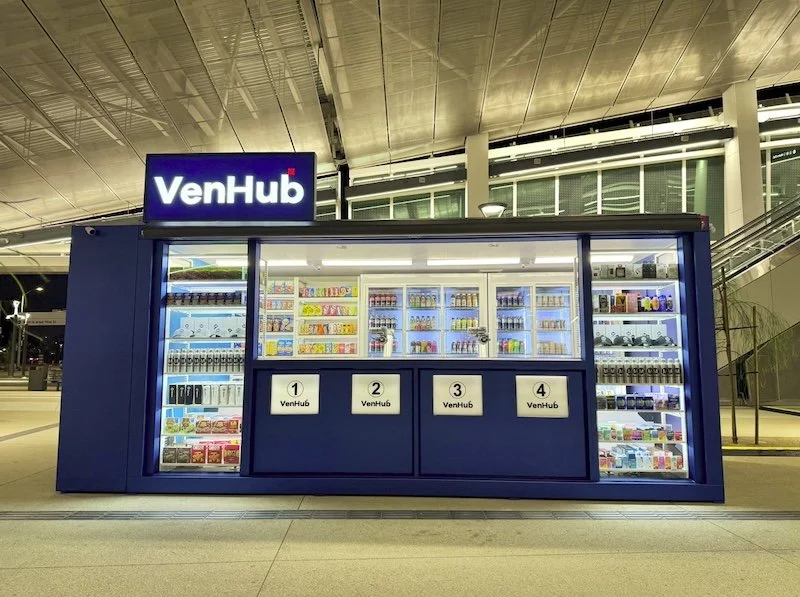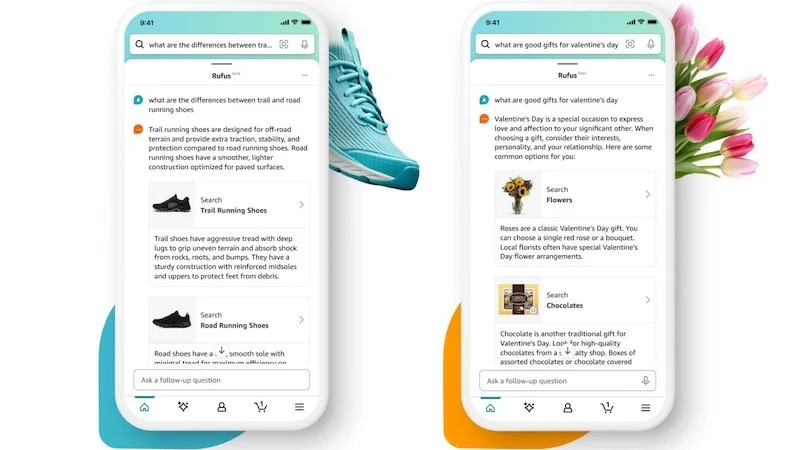Free-to-air TV is making a comeback in sports broadcasting
Sports broadcasting has been dominated by cable and satellite television networks during the 21 st century, leaving free-to-air outlets fighting for scraps.
However, the emergence of streaming platforms and other key factors have forced sports organisations into a rethink about their broadcast arrangements.
Read on as we look at how free-to-air television services have been garnering a bigger piece of the sports broadcasting pie over the past couple of years.
Diamond bankruptcy triggers change
Diamond Sports previously managed several regional sports network contracts, but their financial difficulties resulted in several US teams being left without a stable broadcast partner.
The company’s demise started when Major League Baseball (MLB) was preparing for the 2023 season, and there has been no sign of a resolution since then.
Fans of the Atlanta Braves and Minnesota Twins were the hardest hit, which forced their owners to look at alternative options.
Numerous other teams were also impacted, opening a window of opportunity for free-to-air broadcasters to establish stronger links with professional sports.
Intriguingly, the resurgence of free-to-air TV extends beyond the United States’ borders. New Zealand has also been undergoing a seismic change in sports broadcasting in recent times.
Kiwi sports fans have traditionally been forced to subscribe to cable or streaming services to watch their favourite sports such as rugby union and cricket.
As is the case in other jurisdictions, this created a landscape where many fans were denied access to live sports due to the hefty annual costs involved.
A major turning point came two years ago when Spark Sport left sector and handed over their broadcasting rights to TVNZ, which is a free-to-air network.
That was the first time in decades that Kiwi sports fans could watch local cricket competitions and other major sports without having to pay for a subscription.
The return of free-to-air TV has also had a massive impact on the betting industry in New Zealand, which has benefited from the shift away from paid services.
Many New Zealand betting sites have reported a significant uptick in traffic as more fans are able access live sports than was previously the case.

Free-to-air TV resurgence is expected to continue
Free-to-air broadcasting provides an unprecedented level of visibility and accessibility, and it appears the sports industry is now starting to recognise its value.
Clubs across multiple sports have started making their games more accessible by partnering with free-to-air TV channels. The goal is to generate increased revenue by reaching far more fans.
Several teams from the National Hockey League (NHL) and National Basketball Association (NBA) have jumped on the free-to-air TV bandwagon.
These deals pave the way for their games to be accessed by a much wider audience, thus sparking increased interest from major sponsors.
Lee Berke, the President of LHB Sports, Entertainment & Media, has consulted on a number of deals for teams moving to free-to-air TV.
“If you’re able to get yourself in every TV home, the value of your advertising, your on-camera signage in the arena and if you’re a hockey team, virtual signage on the ice and dashboards, goes up substantially,” he told the LA Times. “You want to be seen by as many fans as possible.”
Teams who leverage free-to-air TV are guaranteed double or even triple their initial ratings and viewership compared to regional sports networks.
With more fans watching the games, there are significantly more opportunities to sell advertising space during broadcasts and at the games.
The National Football League (NFL) has long recognised the importance of free-to-air TV, even though cable or streaming services also have broadcast rights.
Other organisations in the US and further afield appear to be wising up, and the trend looks set to continue for the foreseeable future.






























Continue reading…